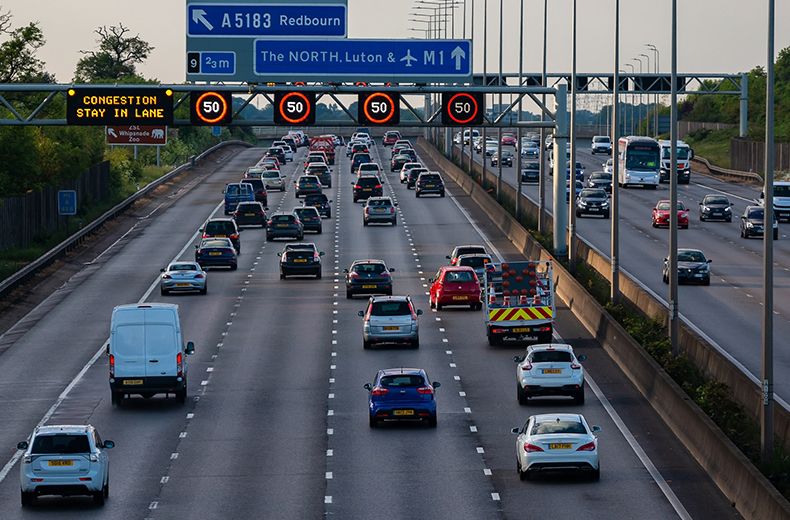Jim O’Sullivan, the chief executive of Highways England cited examples of motorists stopping to exchange contact details after minor shunts and pulling over to check directions.
There were 77 deaths on traditional roads with a hard shoulder compared to nine on the smart motorways network in 2018.
Nicholas Lyes, head of roads policy at the RAC, questioned Highways England’s position: “The key aspect is making sure drivers understand how to use all lane running smart motorways and of course no driver should be stopping unless it is an emergency.
“In reality, some drivers will break down and not be able to reach an SOS area and these drivers need to have confidence that the motorways which Highways England designed, built and operate keep them as safe as possible.
“That is why the RAC continues to call on Highways England to retrofit existing stretches with more SOS areas and install the latest vehicle detection technology to detect stranded vehicles quickly and close the lane as soon as possible.”
Currently, the refuge areas on smart motorways are one and a half miles apart. This will be cut to one mile on motorways built from next year.

RAC sale – up to 33% off*
• Roadside cover from £5.29 a month†
• We get to most breakdowns in 60 mins or less
• Our patrols fix 4/5 breakdowns on the spot

Mr O’Sullivan pointed out that additional lay-bys would cost £1 million each and would not improve safety.
The chief executive said that England’s high-speed roads were among the safest in the world and that there is a “disproportionate” focus on the risk posed by smart motorways.
The network will continue to develop at its present rate over the next five years, adding more than 300 miles of motorways with differential speed limits and no hard shoulder.
- Smart motorways – What are they? | Video guide
- A fifth of drivers put lives at risk by ignoring smart motorway ‘red X’ signs
Mr O’Sullivan said: “We know they are safe, but we are struggling to convince people of that.
"When you lay all the numbers out and you see the benefits that they bring and you see that they are safer than conventional motorways, it is very easy to commit to a successful programme.”
Transport Secretary Grant Shapps has requested an investigation into smart motorways’ ‘true safety record’.
Do you feel safe driving on smart motorways? Please share your smart motorway experiences in the comments below.
Copyright Press Association 2019. Motoring News articles do not reflect the RAC's views unless clearly stated.
Is it illegal to drive without shoes?
Get the answer and more useful driving content sent straight to your inbox.








